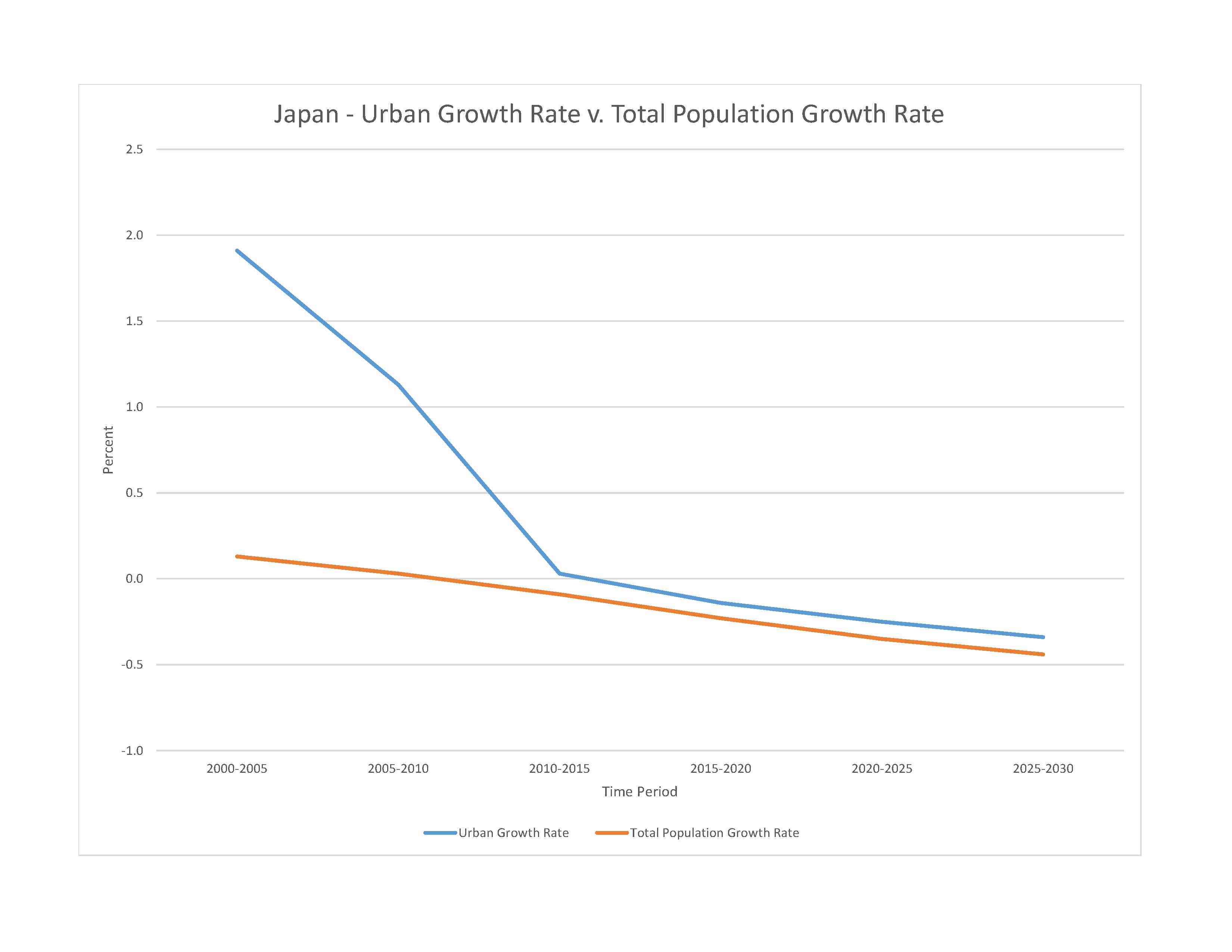
air pollution from power plant emissions results in acid rain; acidification of lakes and reservoirs degrading water quality and threatening aquatic life; Japan is one of the largest consumers of fish and tropical timber, contributing to the depletion of these resources in Asia and elsewhere; following the 2011 Fukushima nuclear disaster, Japan originally planned to phase out nuclear power, but it has now implemented a new policy of seeking to restart nuclear power plants that meet strict new safety standards; waste management is an ongoing issue; Japanese municipal facilities used to burn high volumes of trash, but air pollution issues forced the government to adopt an aggressive recycling policy
party to: Antarctic-Environmental Protection, Antarctic-Marine Living Resources, Antarctic Seals, Antarctic Treaty, Biodiversity, Climate Change, Climate Change-Kyoto Protocol, Climate Change-Paris Agreement, Comprehensive Nuclear Test Ban, Desertification, Endangered Species, Environmental Modification, Hazardous Wastes, Law of the Sea, Marine Dumping-London Convention, Marine Dumping-London Protocol, Nuclear Test Ban, Ozone Layer Protection, Ship Pollution, Tropical Timber 2006, Wetlands
signed, but not ratified: none of the selected agreements
varies from tropical in south to cool temperate in north
agricultural land: 12.5% (2018 est.)
arable land: 11.7% (2018 est.)
permanent crops: 0.8% (2018 est.)
permanent pasture: 0% (2018 est.)
forest: 68.5% (2018 est.)
other: 19% (2018 est.)
urban population: 92% of total population (2023)
rate of urbanization: -0.25% annual rate of change (2020-25 est.)

0.02% of GDP (2018 est.)
0% of GDP (2018 est.)
particulate matter emissions: 10.84 micrograms per cubic meter (2019 est.)
carbon dioxide emissions: 1,135.89 megatons (2016 est.)
methane emissions: 29.99 megatons (2020 est.)
municipal solid waste generated annually: 43.981 million tons (2015 est.)
municipal solid waste recycled annually: 2,155,069 tons (2015 est.)
percent of municipal solid waste recycled: 4.9% (2015 est.)
fresh water lake(s): Biwa-ko 688 sq km
municipal: 14.8 billion cubic meters (2020 est.)
industrial: 10.3 billion cubic meters (2020 est.)
agricultural: 53.3 billion cubic meters (2020 est.)
430 billion cubic meters (2020 est.)
total global geoparks and regional networks: 10
global geoparks and regional networks: Aso UNESCO; Hakusan Tedorigawa; Itoigawa; Izu Peninsula; Mt. Apoi; Muroto; Oki Islands; San'in Kaigan; Toya - Usu; Unzen (2023)
NOTE: The information regarding Japan on this page is re-published from the 2024 World Fact Book of the United States Central Intelligence Agency and other sources. No claims are made regarding the accuracy of Japan 2024 information contained here. All suggestions for corrections of any errors about Japan 2024 should be addressed to the CIA or the source cited on each page.
This page was last modified 04 May 24, Copyright © 2024 ITA all rights reserved.